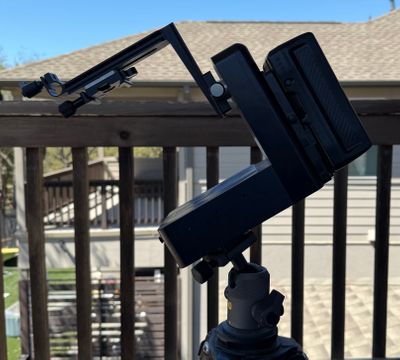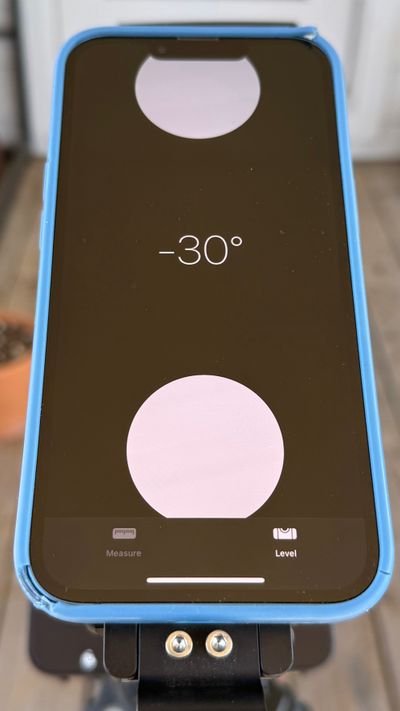Capturing a lunar eclipse has been a challenge I’ve wanted to tackle for a while. I always assumed I’d need specialized astronomy equipment and tons of experience to pull it off. However, with some ingenuity and research, I found a way to align my Emotimo ST4 tilt motor with the North Star, effectively using it as an equatorial mount to track the moon at 200mm.
A programmable motion control system, along with a smartphone with a level app and compass, is essential for making this setup work. While I’m describing this process using the Emotimo ST4, you can apply the same method to other motion control systems.










